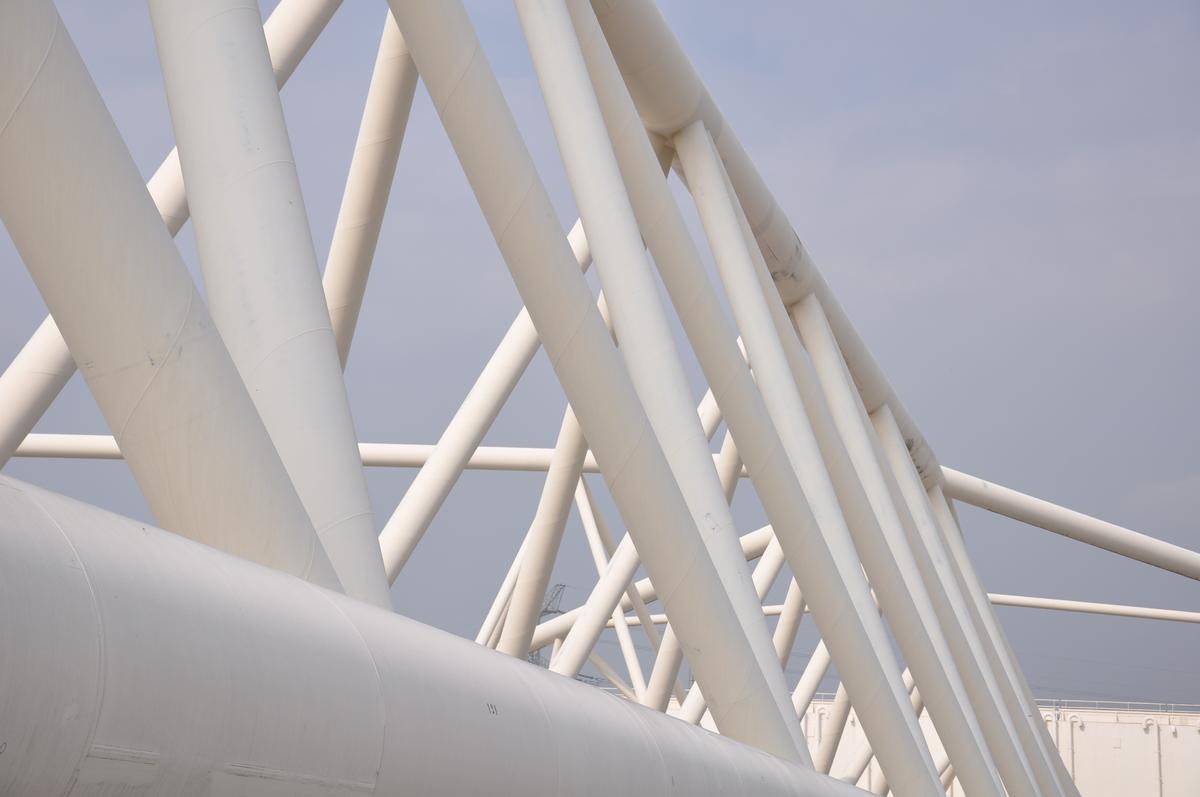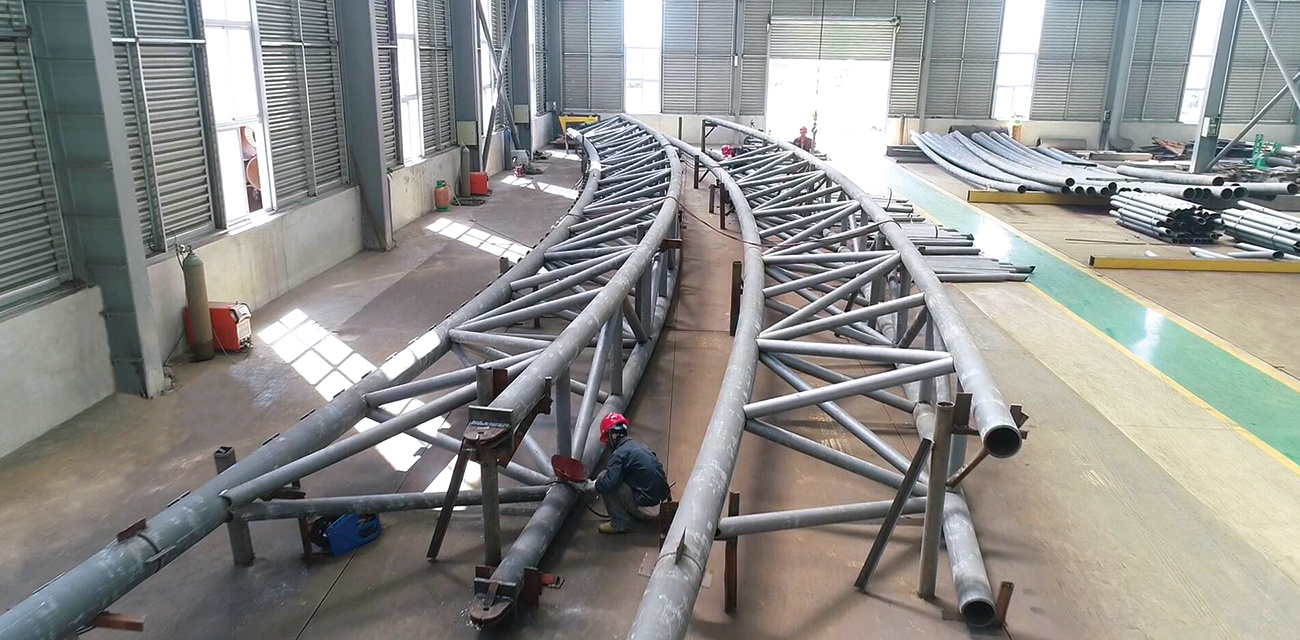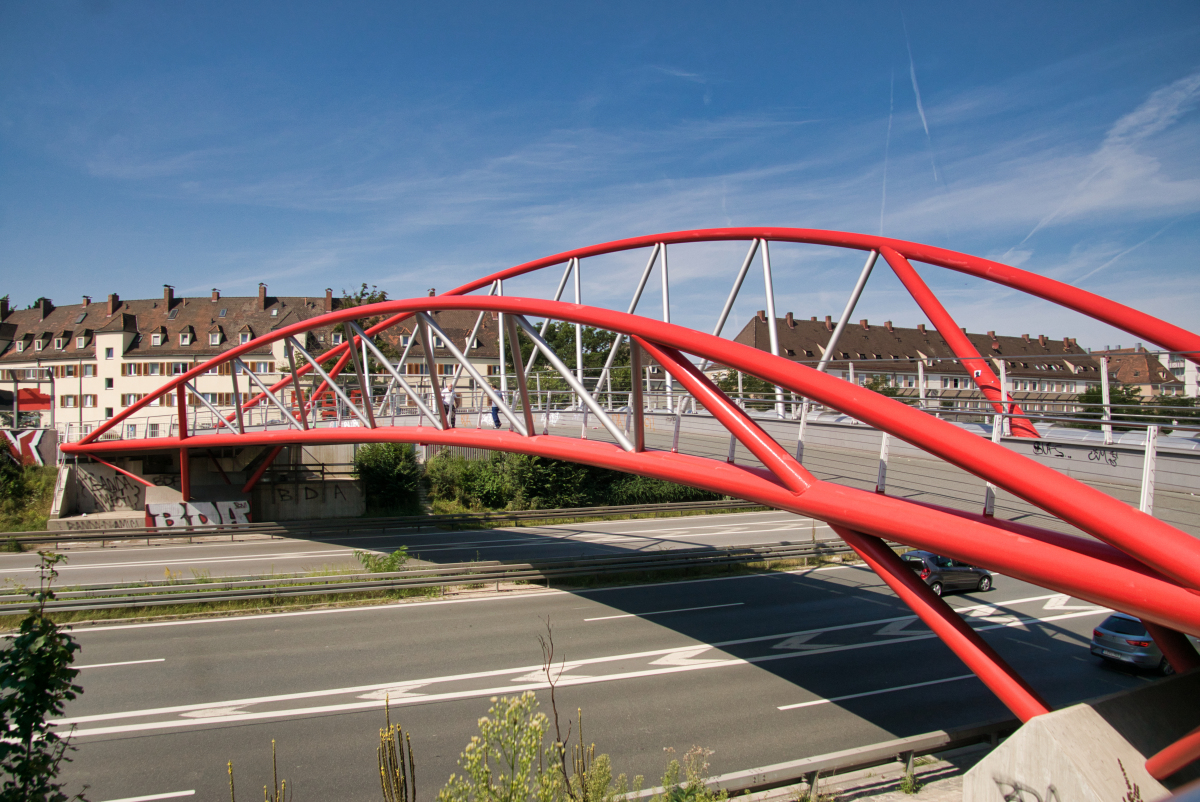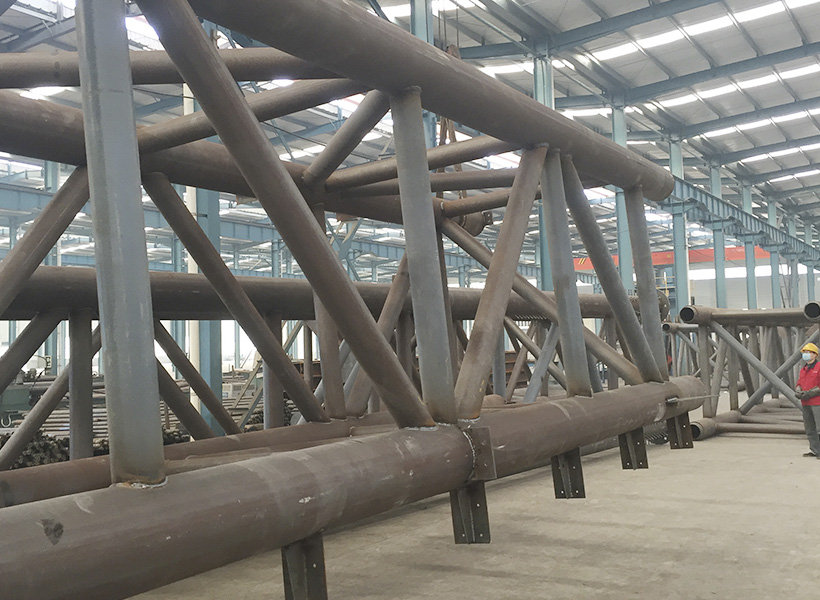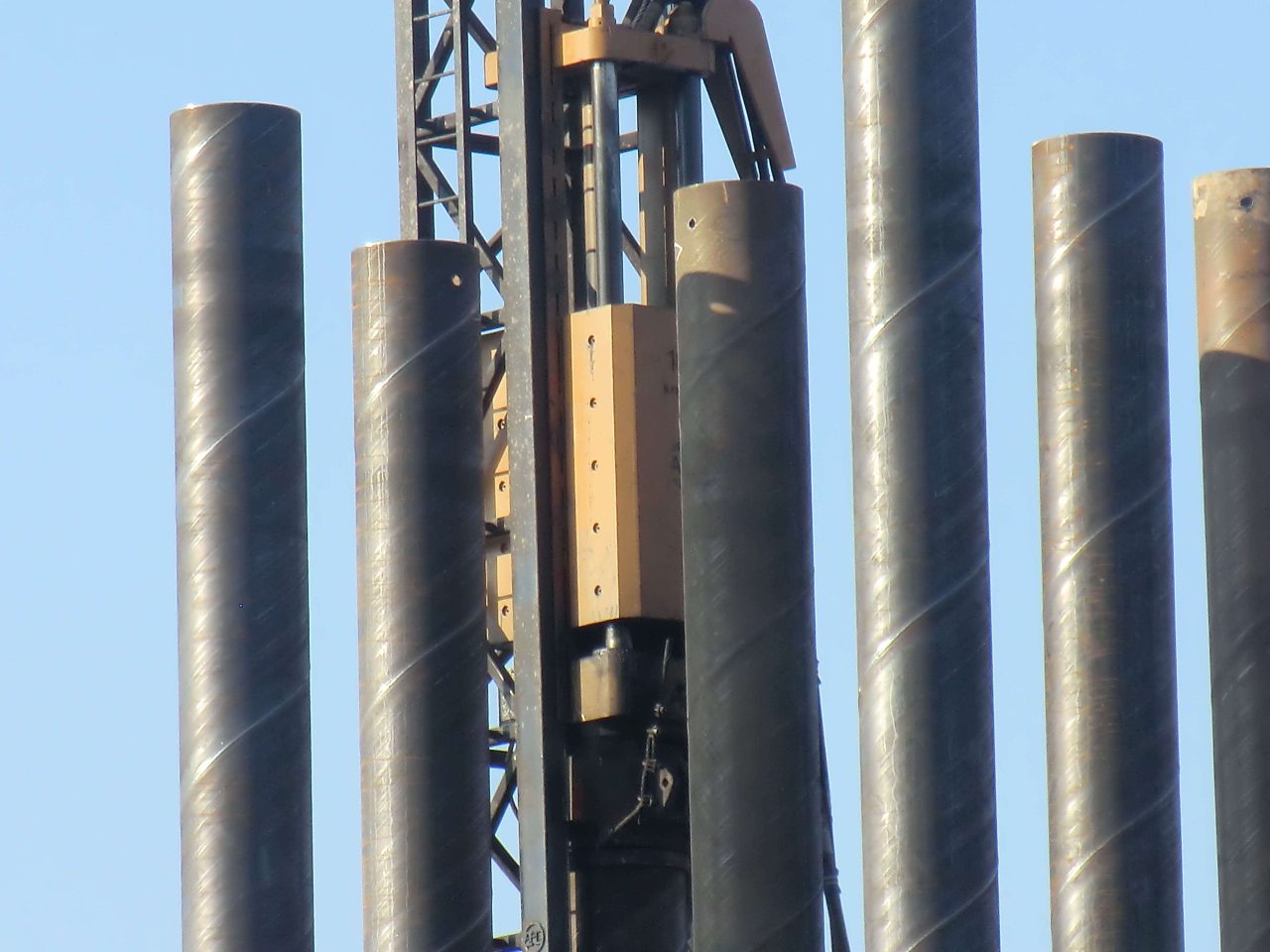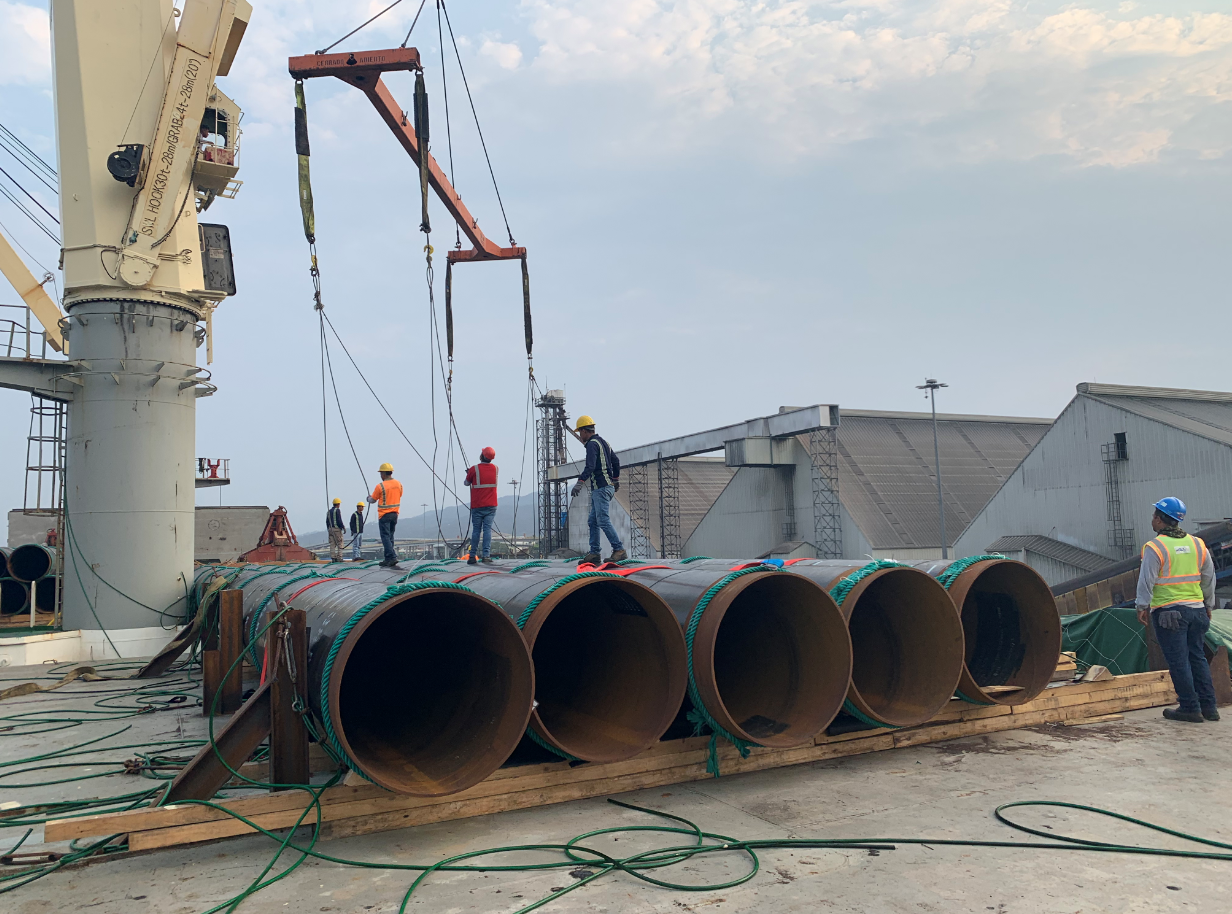The Convergence of Strength and Durability: A Scientific Exposition on PE Coated High-Yield Steel Pipe Bends
The architecture of modern energy and resource transmission infrastructure—spanning thousands of kilometers across diverse and often hostile environments—is fundamentally reliant on the integrity of every component, especially those critical nodes where the flow must be redirected or managed. It is at these junctions, where straight pipe meets a change in direction, that the pipe bend fitting emerges as a non-negotiable element of system security and hydraulic efficiency. Our product line, encompassing high-performance fittings fabricated from both general-service carbon steel and the specialized, high-yield family, integrated with an advanced Polyethylene (PE) coating system, represents the fusion of supreme mechanical integrity with state-of-the-art corrosion engineering. This synthesis provides a scientifically robust solution specifically designed to withstand the tri-modal stresses of high internal pressure, complex mechanical bending loads, and the relentless electrochemical assault of the buried environment, ensuring life-cycle performance that extends far beyond conventional fittings.
The Metallurgical Core: Engineering High-Yield Strength and Toughness
The foundation of any high-pressure fitting is its metallurgy. We operate with two distinct but equally crucial material standards to meet varying project specifications. The grade serves as the industry standard for moderate-pressure service, its low-carbon, manganese-silicon chemistry offering excellent weldability and adequate tensile properties for general pipeline applications. However, the true technical differentiator of our line lies within the ASTM A860 WPHY series. This family of materials is specifically engineered for high-pressure gas and liquid transmission systems where high yield strength is critical for minimizing wall thickness and reducing material tonnage while maintaining a high safety factor against burst pressure.
The designations through refer directly to the minimum specified yield strength, ranging from (290 MPa) up to (485 MPa). Achieving these high mechanical properties is not simply a matter of increasing carbon content, which would catastrophically compromise weldability and low-temperature toughness; instead, it is accomplished through sophisticated micro-alloying strategies. Trace elements such as Niobium (), Vanadium (), and Titanium () are meticulously controlled. These elements, when combined with precise thermo-mechanical controlled processing (TMCP) during the parent pipe or plate manufacture, facilitate grain refinement and precipitation hardening. Niobium, for instance, forms fine carbonitrides that pin grain boundaries, restricting grain growth and resulting in an exceptionally fine-grained microstructure. This is scientifically essential because a finer grain structure simultaneously increases the yield strength and significantly improves the material’s Charpy V-notch impact toughness—a non-negotiable property for fittings destined for high-stress service, particularly in low-temperature or sour service environments, where brittle fracture resistance is paramount.
Furthermore, the Yield-to-Tensile strength ratio ( ratio) is closely managed in these high-yield steels. A lower ratio—typically less than 0.9—is preferred as it signifies a greater capacity for strain hardening before fracture, providing a crucial margin of safety and tolerance for local yielding during hydrostatic testing or transient over-pressure events in the field. The controlled chemistry, specifically the low carbon equivalent () of the WPHY grades, is maintained to ensure that even with these high strength levels, the fittings remain readily weldable without necessitating overly complex pre- or post-weld heat treatment procedures in the field, thus maintaining the integrity of the crucial Heat Affected Zone (HAZ) which is often the weakest link in high-strength welded structures. The choice between WPB and the specific WPHY grade is thus an integrated engineering decision, balancing operational pressure, environmental temperature, and total life-cycle cost based on the rigorous standards established by ASTM A860 and the pipeline codes like ASME B31.4 and B31.8.
Geometric Integrity and Fabrication Science: Mastering the Bend Form
The transition from a straight pipe segment to a pipe bend introduces a complex set of geometric and mechanical challenges that must be overcome through advanced fabrication science. The fitting’s function requires a precise change in direction—specified by the Bend Radius () and the Angle—while maintaining dimensional uniformity that is strictly governed by standards such as ASME B16.9 and MSS SP-75.
The manufacturing process for these large-diameter, thick-walled, high-yield bends typically involves hot forming techniques, most notably Induction Bending or Hot Mandrel Bending. The scientific goal of these processes is to achieve the desired curvature while strictly controlling two critical geometric parameters: Wall Thickness thinning and Ovality. During bending, the outer radius (the extrados) is subjected to tensile stresses, causing the material to thin, while the inner radius (the intrados) is subjected to compressive stresses, causing material thickening. The thinning at the extrados is the most critical factor, as it determines the local reduction in pressure containment capacity. Our process engineering focuses on precise thermal control and internal mechanical support (mandrel) to ensure that the wall thickness reduction stays within the tight tolerance limits stipulated by the governing codes, which is essential because the safety margin of a pipeline is often determined by the thinnest point in the system.
Furthermore, ovality, or the deformation of the cross-section from a perfect circle, must be minimized. High ovality can lead to localized stress concentration under internal pressure or external soil loading, compromising the fitting’s fatigue life. The ability to uniformly form high-yield steels, particularly the WPHY70 grade, into various bend radii—ranging from tight short-radius elbows to wider and large-radius bends—while strictly maintaining the microstructural toughness established in the parent material, is a testament to the precision of the temperature control and forming speed employed. The resultant fittings, with their precisely controlled tangents, bend radii, and wall thickness, are then finished with specialized beveling in preparation for high-integrity field welding, completing the mechanically sound core that is ready for its essential protective layer.
The Vanguard of Corrosion Defense: The Polyethylene Coating System
The application of the Polyethylene (PE) coating transforms the pipe bend from a structural element into a durable, corrosion-resistant asset suitable for decades of service in hostile environments, primarily in buried pipelines where the steel is subjected to complex electrochemical degradation. The chosen system is universally recognized as the Three-Layer Polyethylene () coating structure, a scientifically engineered composite barrier that addresses all major failure modes in corrosion protection.
The system is a sequential build-up, with each layer fulfilling a highly specialized function. The first layer, applied directly to the meticulously prepared steel surface (via abrasive blasting to a near-white metal finish), is the Fusion Bonded Epoxy () primer. This is a thin, thermosetting resin that is applied to the pre-heated steel. Its function is absolutely paramount because it provides the primary chemical adhesion to the steel substrate and, critically, offers superior resistance to cathodic disbondment (). The FBE acts as a highly effective insulator and adhesion layer, preventing the ingress of water and ions, and resisting the alkaline environment created at the coating holiday during the operation of the Cathodic Protection () system—a key failure mechanism in lesser coating systems.
The second layer is the Adhesive Copolymer. This layer is the chemical coupling agent; it is engineered to be chemically compatible with both the FBE and the outer PE layer. Typically based on a modified polyolefin (such as maleic anhydride-grafted polyethylene), its primary role is to establish a strong, molecular-level bond between the dissimilar chemistries of the epoxy and the polyethylene, ensuring the integrity of the entire composite system and preventing delamination under thermal or mechanical stress.
Finally, the third layer is the thick, extruded Outer Polyethylene (PE) layer, which provides the robust, physical shield. This layer, typically composed of High-Density Polyethylene () or Medium-Density Polyethylene (), is selected for its high dielectric strength, its near-zero water permeability, and its excellent mechanical durability against impact, abrasion, and soil stress during transportation and backfilling. The coating thickness, applied consistently across the complex geometry of the bend, is tightly controlled (e.g., to ) to meet stringent standards such as DIN 30670 and ISO 21809-1. The application process itself is a marvel of thermal and material science, requiring sophisticated heating, cleaning, and precisely timed application in a controlled environment to ensure zero holidays (pinholes or coating discontinuities) that would otherwise allow localized corrosion to commence instantly.
Integrated Performance: Electrochemistry and Synergistic System Longevity
The true scientific value of the PE Coated Pipe Bend is realized through the synergistic partnership between the passive coating and the active cathodic protection system, which together form the complete anti-corrosion defense strategy for a buried pipeline. The PE coating acts as the primary, passive barrier, isolating the vast majority of the steel surface from the corrosive electrolyte (the soil). By doing so, its high dielectric strength minimizes the surface area that is exposed to the CP system, thus dramatically reducing the required current output and extending the functional life of the sacrificial anodes or impressed current system.
The most critical test of the PE coating system is its long-term resistance to Cathodic Disbondment (CD). In an environment where CP is active, any minute coating fault (a holiday) attracts protective current, which generates hydrogen gas and hydroxyl ions () at the steel surface. This highly alkaline () environment can destroy the adhesive bond between a conventional coating and the steel. The primer layer, however, is chemically formulated with a high glass transition temperature () and high cross-linking density specifically to resist this alkaline hydrolysis, dramatically slowing the disbondment process. The product’s compliance with CD standards (e.g., less than radius of disbondment after days at ), confirms its ability to preserve the integrity of the metallic core for decades.
The combined use of high-yield steel (WPHY 60 or 70) and the 3LPE coating means that the system is optimized for both mechanical and electrochemical performance. The high strength allows for operation at maximum pressure, while the coating system ensures that the economic life cycle of the fitting is determined by the project’s design life (often years) rather than premature corrosion-induced failure. The ability of our facility to apply this robust coating seamlessly and uniformly over the complex curvature and varying diameters of a pipe bend—a geometric challenge far greater than coating straight pipe—is the ultimate proof of our advanced fabrication and coating science, delivering an integrated product that stands as a fortress against the dual threats of high stress and aggressive corrosion. The meticulous control over wall thickness uniformity on the extrados, combined with the impenetrable nature of the 3LPE sheath, ensures that no single point of weakness exists in the system, guaranteeing the long-term, high-integrity performance demanded by the world’s most critical energy infrastructure projects.
Product Specification Summary: PE Coated High-Yield Pipe Bends

